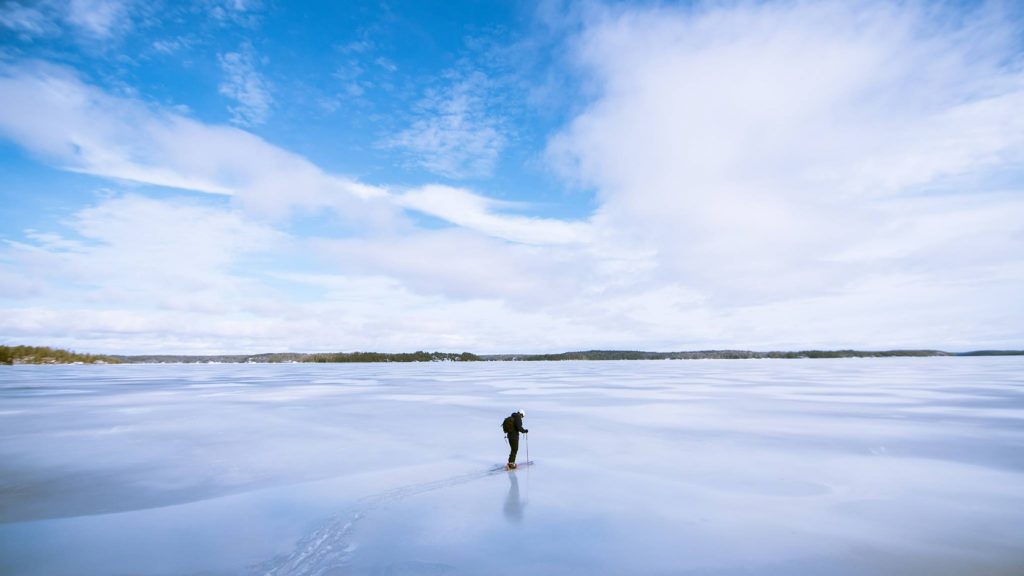
What emerged in urban resale markets as a major concern in 2019 was a chronic dwindling of supply. Over the past three years, since the implementation of the foreign buyer’s tax in early 2017, most urban centers in Southern Ontario have witnessed the number of available properties reduced to unprecedented low levels. At year-end in the greater Toronto area, for example, there were just over 7,000 properties for sale, a 35 percent decline from the year before.
In 2017 and 2018 the same trend was developing in the Muskoka and area recreational, waterfront marketplace. Although the declines in supply were not as severe as in urban markets, they were concerning. For reasons that are not entirely clear, that trend was reversed in 2019, throughout the recreational marketplace in Muskoka and the surrounding waterfront regions. In 2019, 3,268 waterfront properties came to market, a substantial increase compared to the 2,917 properties available to recreational waterfront buyers in 2018, an increase of 12 percent. (Key metrics provided by the Lakelands Association of Realtors.)
In the broader marketplace sales of recreational properties remained stable. In 2018, 1,586 properties were reported sold, a number that increased to 1,602 properties in 2019, a modest increase of 1 percent. Although sales were stable, prices continued to increase. In 2019 the average price for waterfront property sales throughout the region came in at $767,482, a 5.2 percent increase compared to the average sale price of $729,481 achieved in 2018. These numbers clearly indicate that the days of finding an inexpensive waterfront property anywhere in the region are over. By comparison, the average price for a home in the greater Toronto area in December was just over $830,000.
The above noted average sale prices are elevated by the higher average sale prices of recreational properties on Muskoka’s Big Lakes (Lakes Joseph, Rosseau and Muskoka) and Lake of Bays. By contrast, in Haliburton and Almaguin Highlands, the average sale price for waterfront properties was just under $500,000 and slightly higher in the Haliburton region at $551,553. In both of these regions inventory levels increased substantially compared to 2018.
The Lake of Bays/Huntsville waterfront marketplace continued its contrarian pattern. As in other regions, listings of waterfront properties increased in 2019, from 400 in 2018 to 439 this year. However, reported sales did not follow suit, with sales declining from 201 in 2018 to 175 this year. It would appear that the Lake of Bays/Huntsville market finds itself in that middle space where prices are too high for some buyers, who then look to Haliburton or even Almaguin Highlands for a recreational property, and the substantially higher sales prices of recreational properties on Muskoka’s Big Lakes.
Like all other regions, the District of Muskoka saw an increase in waterfront listings in 2019. In 2018 there were 1,222 properties available for sale, increasing to 1,297 in 2019, an increase of just over 6 percent. Sales remained stable, marginally decreasing year-over-year. As it did in the broader market, the average sale price increased from $922,510 in 2018 to $1,004,992 by the end of this year, a 9 percent increase.
Average sales prices continued to increase on Muskoka’s Big Lakes, and quite substantially at that. In 2018 the average sale price for recreational properties sold on Lakes Muskoka, Rosseau and Joseph (for sales over $500,000) came in at $2,069,142. In 2019 that number increased by a head-turning 25 percent to over $2,600,000. This represents a sharp rebound in prices compared to the lows of 2018 following a spike in average prices in 2017. These average sale prices were represented by stable sales, with 165 in 2018 and 162 this year. Most of the sales (more than 50 percent) took place on the lower-priced Lake Muskoka.
Chestnut Park and its sales representatives had a banner year, with increased sales and increased dollar volume. Once again Chestnut Park’s Port Carling office dominated the market place, with sales volumes in excess of 125 percent compared to the closest competitive office. Overall Chestnut Park’s sales volume increased by 10 percent compared to 2018, and dollar volume increased by 11 percent, achieving more than a 15 percent share of the entire recreation market place.
Looking forward to 2020, and barring any major economic disturbance, either nationally or internationally, the recreational landscape should remain little changed. Unlike urban markets, supply is improving, which will give buyers some choice. Increased supply should have a moderating impact on prices, especially given the fact that they have reached fairly frothy levels, except in a few local marketplaces. This may be the year in which buyers see the value in Lake of Bays/Huntsville, where sales have lagged other regions. Of course, the Muskoka Big Lakes appear to march to their own drummer, especially in a climate of economic prosperity. Expect prices to rise on the Big Lakes but not as dramatically as they did in 2019.
This entry was posted on February 27, 2020 by Jim and Iris





 Lesley-Anne Goodfellow
Lesley-Anne Goodfellow